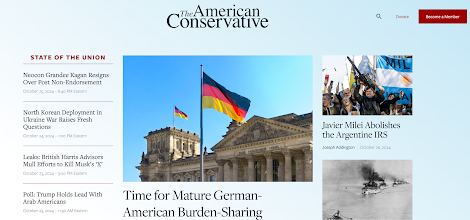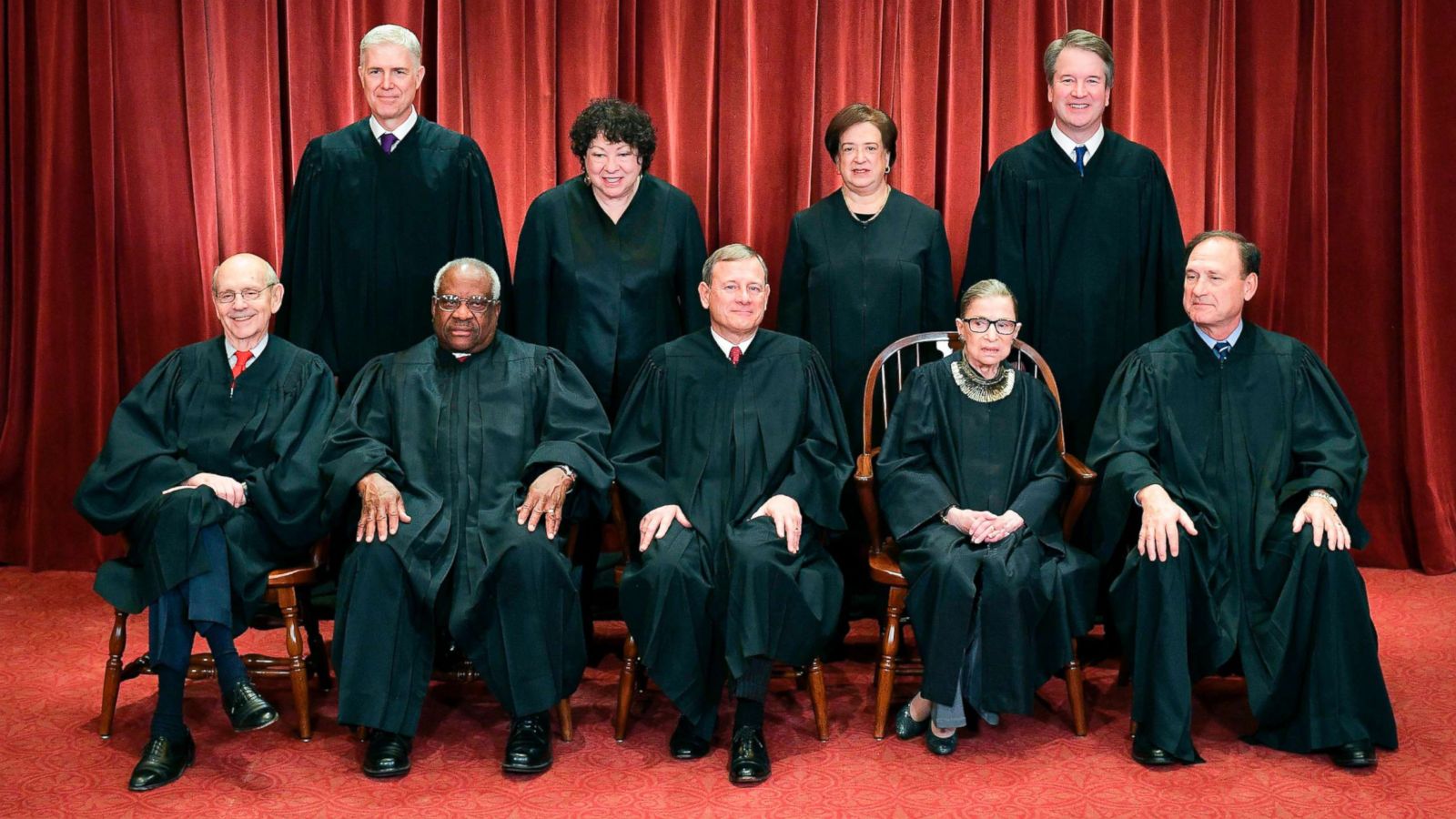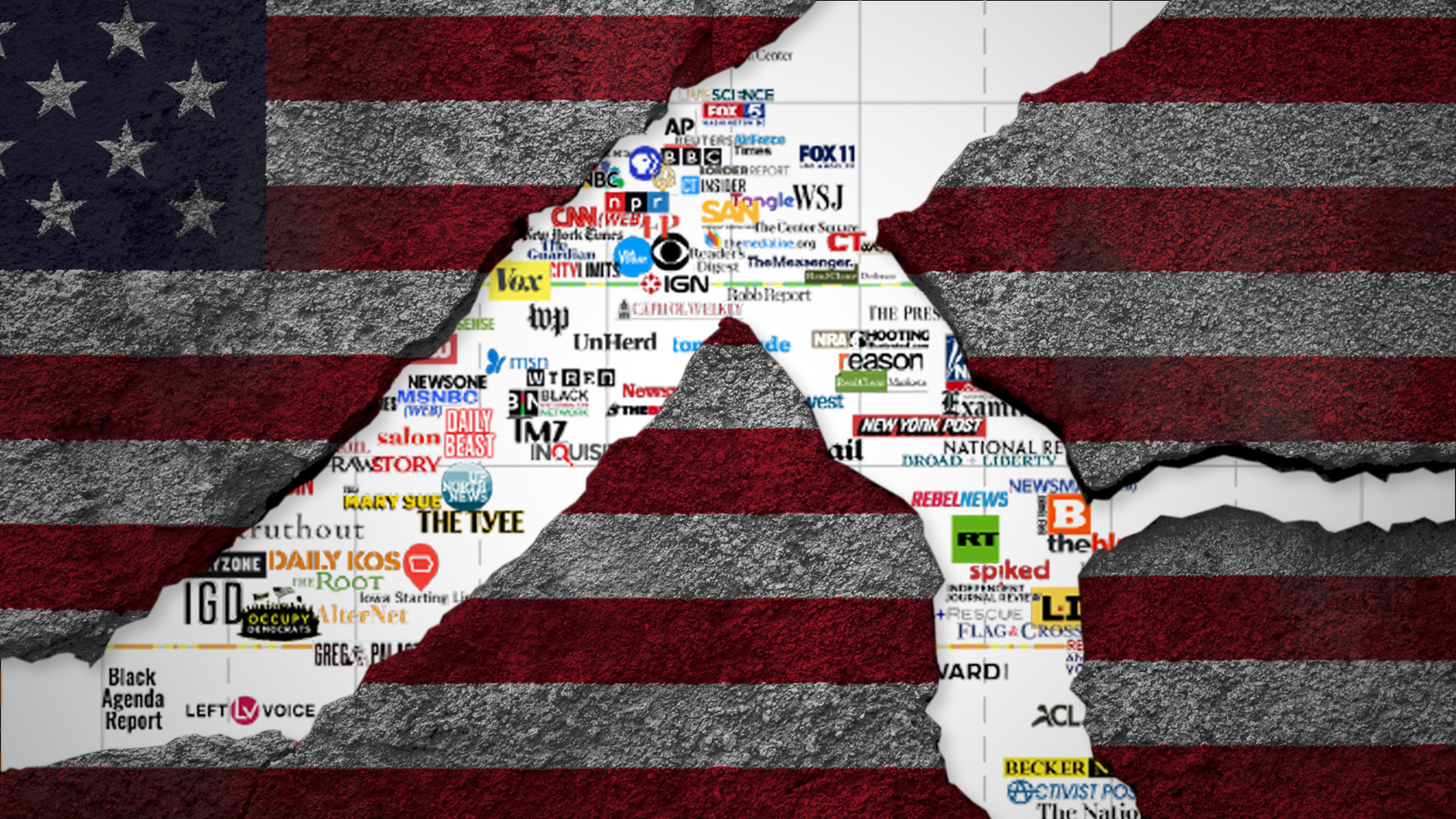Growing Up in a Tech Dependent World
Growing up in a society heavily reliant on technology is both a blessing and a curse. Technology is EVERYWHERE, including: social lives, education, entertainment, smartphones, social media, and constant connectivity between individuals. While technology offers endless opportunities for learning and creativity, it also comes with challenges that are unique to this digital time.
Social Interactions in the Digital Age
Childhood no longer revolves around playgrounds or backyards but often takes place in virtual spaces like social media and video games. Friendships are maintained through things like Snapchat streaks, online gaming, and video calls, creating a barrier between face-to-face interactions. While these tools allow for global connections, they can also lead to something referred to as "digital loneliness." Where online interactions fail to replace real-life relationships.
Social media also brings unprecedented levels of pressure. Teens often compare their lives to carefully hand-picked reels of their peers, which can lead to feelings of insecurity and "FOMO" (Fear of Missing Out). The constant need to compare oneself to others can have a lasting impact on self-esteem and mental health.
Education Revolutionized
Technology has impacted education in several ways in the digital space, offering students access to a world of knowledge. Certain platforms like YouTube and Khan Academy provide resources for learning everything from coding to creative arts. Other apps such as DuoLingo and Google Translate also help teach children other languages and are extremely useful. During the COVID-19 pandemic, online education proved the power of technology but also exposed divides, with some students lacking reliable internet or devices.
While technology makes education more dynamic and accessible, it may limit the development of real-world problem-solving and face-to-face collaboration skills.
Entertainment and Creativity
Entertainment is easier than ever to access. With platforms like Netflix, YouTube, and TikTok, boredom doesn't exist. These platforms provide personalized streams of content that can be both inspiring and addictive, rewiring the brain to crave instant gratification through dopamine.
The role of kids in media has also changed. They are no longer just consumers, but creators. Young people are producing content that reaches wide audiences in many forms including TikTok dances and YouTube content. This is an incredible way to develop creativity, but also introduces challenges like cyberbullying, the pressure to go viral, and the pursuit of likes and views.
Family Dynamics and Screen Time
Technology has also changed family dynamics in the recent generations. A "normal" family dinner now often includes phones or other electronic devices at the table. Parents struggle to set boundaries for their kids while trying to maintain healthy tech habits themselves.
Despite this, technology also brings families together. Certain activities like watching shows, playing games, or sending funny memes can create new forms of bonding between family members.
Impact on Mental Health
Technology’s influence on mental health has both positive and negative effects. While certain mental health apps like Headspace promote mindfulness and online communities provide support, the constant stream of notifications, news, and social comparisons can heighten anxiety and depression (especially in young adults).
Growing up with technology isn’t necessarily good or bad, it’s just different. With awareness of how technology can affect you, young people can use technology in ways that enhance their lives and prepare them for the future.




.jpeg)
.png)
.jpeg)
.jpeg)
.png)
.png)
.jpeg)
.jpeg)
.jpeg)
.jpeg)
.jpeg)
.jpeg)



